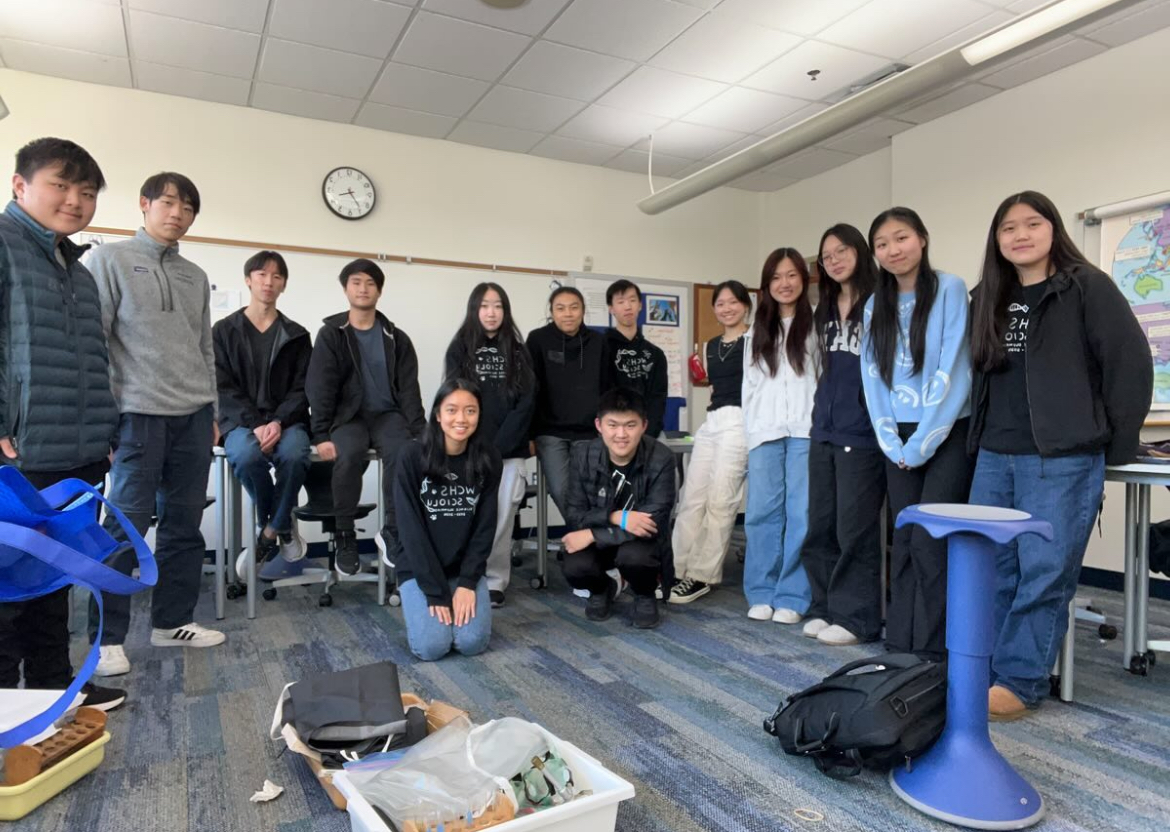While food lovers continue to test out the latest cupcake recipes, ice cream flavors and gourmet food trucks, one question often remains unanswered: how do these trends become so popular?
Although few stop to think about why they crave certain foods, the media is a major
influence on contemporary food fads. Food blogging, Twitter updates, television and movies all have an impact on what people are eating these days.
“The media presents the public with trends and essential ingredients to figure out what’s new in the food market,” said Frederika Brookfield, senior director of public relations at Bon Appètit magazine.
More and more eaters are turning to online food magazines and blogs for information
about hot new developments in the food world. Websites like CHOW, Bon Appètit and Foodspotting provide advice on what’s good to eat and where to find it.
“I think Foodspotting is a good place to look at pictures of food and it helps me decide what I want to eat,” sophomore
Will Kuchins said.
Foodspotting’s online blog posts pictures
of anything from deep-dish pizza to salted ice cream. A map on the home page also tells spotters exactly where they can find that food.
According to the Foodspotting’s official website, the site allows people to find the best foods and recommend them to others who may enjoy that dish.
“We have discovered some wonderful new trends,” Brookfield said. “The website [offers] trend information when there’s a spike in interest for a certain food.”
Blogging about experiences with new dishes and local restaurants has also fueled the popularity of particular foods. Twitter provides a place for people to tweet about everything they do and eat in a day.
“When I go to an interesting restaurant
or try new food, I post a picture of it on Twitter and people tweet back at me about it,” junior Louis Rothstein said.
Serious eaters often follow food trucks, trucks that sell specific fancy food around cities, on Twitter. This provides them with constant updates on new culinary creations. The site is partly responsible for the recent popularity increase in gourmet
trucks, which constantly keep fans updated on their whereabouts.
According to a March 16 Washington Post article, the Kogi Korean truck gained popularity not only because of its creative style and unique taste, but through its use of Twitter to frequently update fans.
Along with food websites and magazines,
people can also turn to their television for advice about eating. The Food Network channel features a variety of cooking shows that focus on the best of the best in terms of food, chefs and restaurants.
“When I watch cooking and food shows, I always want to try the cool foods they talk about,” freshman Chelsea Finfer said. “I once saw a chef make mango chicken and was inspired to go out and buy it.”
While television certainly leaves its mark on food trends, movies can leave many viewers with a mouth-watering sensation as well.
According to the March 16 Washington
Post article, when mainstream social media caught Carrie Bradshaw and her friends on Sex and the City treating themselves
to cupcakes at a Manhattan Bakery, the cupcake trend was up and running.
As technology continues to thrive, it is inevitable that the media’s impact on food trends will also increase. Blogs, online sites, television and movies are all expected to become even more easily
accessible, putting food trends on the tips of everyones’ tongues.
“The media is able to convey a tremendous
amount of knowledge to the public,” Brookfield said. “They stumble upon trends they would never be able to look foor elsewhere.”
Categories:
Media influences food trends, appeals to students
April 15, 2011
Story continues below advertisement
0
Tags:
More to Discover







